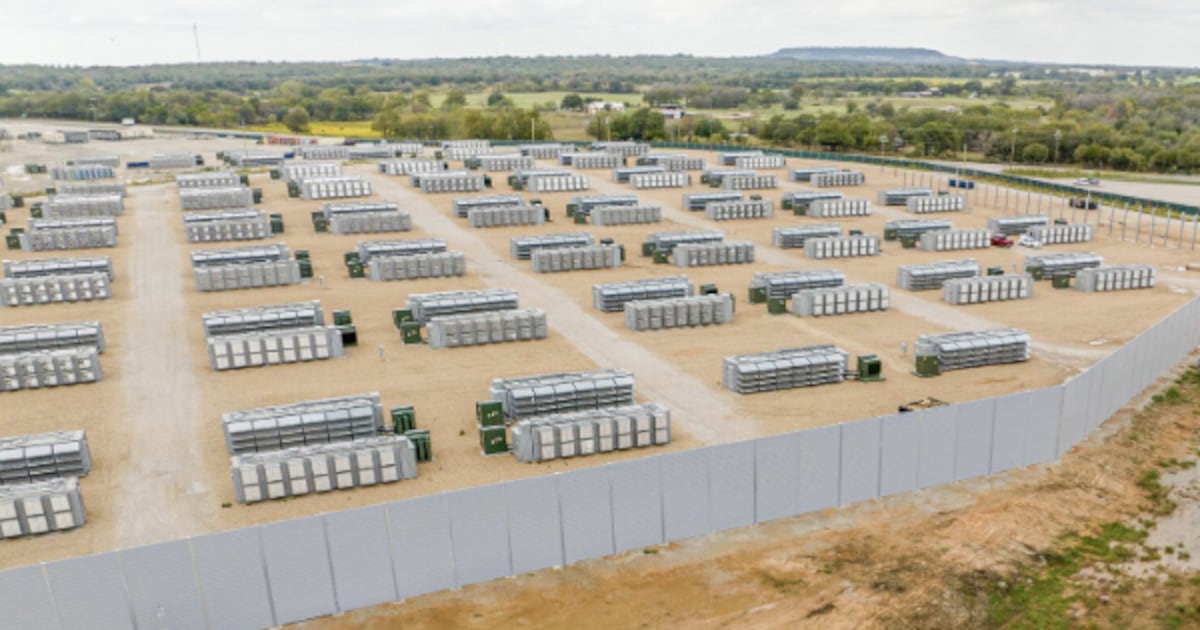- Bitcoin hashprice hit an all-time low this week.
- The decline is caused by intense competition and a recent market sell-off.
- It could put many small mining companies out of business.
Fierce competition and a sudden drop in bitcoin's price have pushed miners' profitability measures to all-time lows, overwhelming many who have struggled to survive since April's “halving” event.
Bitcoin's so-called hashprice — a measure of miners' income — dropped to one A record low Less than $40 per pethash on Monday. It's a day when global markets panic over the Japanese and US economies, sending Bitcoin below $50,000.
Hashprice is an estimate of miners' income that accounts for the computational power devoted to mining Bitcoin.
The decline could be the nail in the coffin for many bitcoin mining businesses, said Wolfie Zhao, a partner at Blocksbridge Consulting.
Much of the industry has been running at a loss since the reward for mining new bitcoins was halved in April.
“WHO[ever] Whoever can stand longer is the winner,” Zhao said DL news.
“A lot of small miners, they don't have cash reserves, they're not operating at a profit and they may be forced to close.”
the half
The supply of Bitcoin is limited to 21 million. As of Wednesday, more than 19.7 million bitcoins were in circulation.
Miners are awarded Bitcoin for adding blocks of transactions to the Bitcoin ledger.
The more computing power a miner has, the better his odds. But there's a catch: winning becomes more difficult as computing power joins the network, locking miners in a never-ending computational arms race.
Additionally, the Bitcoin network automatically, irreversibly halves miners' rewards every four years. The latest so-called halving – the fourth in Bitcoin's history – took place on April 20.
While cheered by bitcoin supporters, who see the dwindling supply of new bitcoins as a catalyst for price increases, analysts predicted a bloodbath for miners.
“If it stays at the current level … upon halving, a significant number of miners, or mining rigs that people have in their mining operations, become unprofitable and will be shut down,” says Haris Basit, chief strategy officer at Bitcoin Mining Company. is Bitdir said DL news In December, when Bitcoin was above $42,000.
Winners and losers
While the price of Bitcoin has reached an all-time high of $73,000 this year, Hash rate and in turn, Difficulty of mining Lockstep has increased.
“It's actually below the break-even point for a lot of — public miners, even large-scale public miners,” Zhao said.
“That's just the raw cost of their mining operations. A lot of companies have corporate overhead.”
According to Zhao, two types of miners have managed to avoid the pain so far: large, publicly traded companies that have raised billions from investors, and those based in areas where energy is cheap, such as Texas.
According to Zhao, large companies that raised money through equity financing are using that money to pay their operational costs and are not selling bitcoin this year.
“They're betting it will appreciate long term,” he said.
“The pressure is on private, small-scale miners who don't have it [many] financing options, so they don't have much cash reserves.
Zhao estimates that the hashprice will need to increase by about 50% for many miners to reach a comfortable level for miners.
“Either the hash rate pulled back, corrected a lot,” he said, “or the price of bitcoin continues to rise.”
Alex is Gilbert DL newsDeFi correspondent based in New York. You can contact him [email protected].







